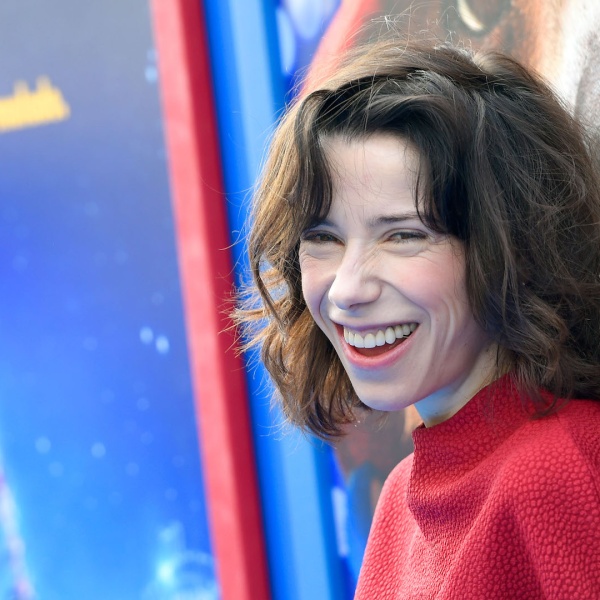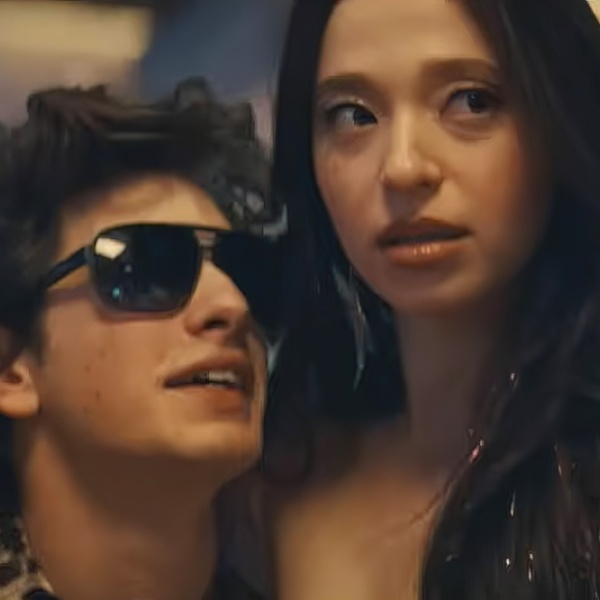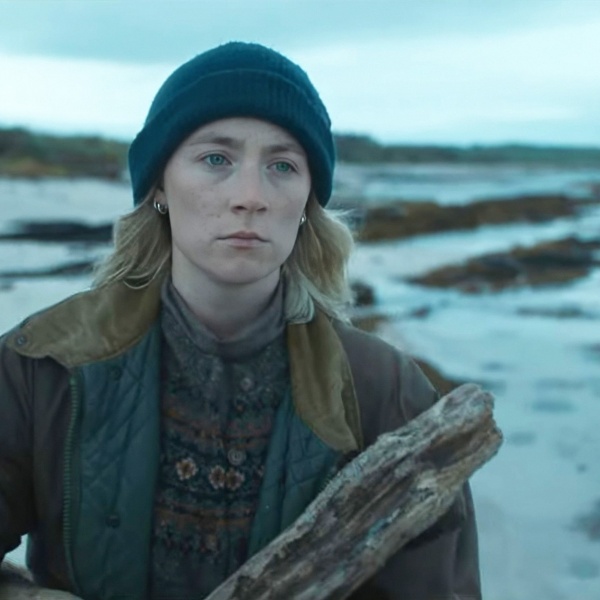Nominations voting is from January 11–16, 2024, with official Oscar nominations announced on January 23, 2024. Final voting is February 22–27, 2024. And finally, the 96th Oscars telecast will be broadcast on Sunday, March 10, and air live on ABC at 8 p.m. ET/ 5 p.m. PT. We update predictions throughout awards season, so keep checking IndieWire for all our 2024 Oscar picks.
The State of the Race
“Poor Things” prevailed over “Barbie” in the fantasy production design category at the 28th Art Directors Guild Awards and is now in the driver’s seat to win the Oscar. Throughout the season, it has been a race between these two big feminist films constructed around rebirth and unconventional world-building.
Meanwhile, Oscar-nominated “Oppenheimer” took period honors over Oscar-nominated “Killers of the Flower Moon” and “Napoleon,” along with “Asteroid City” and “Maestro.”
In Yargos Lanthimos’ twisted “Frankenstein” gender-bender, “Poor Things,” Bella (Best Actress nominee Emma Stone) is reanimated from the dead with the brain of her unborn child by unconventional scientist Baxter (Willem Dafoe). This results in a strange transformation, with production designers Shona Heath and James Price constructing a bizarre retro-future world from scratch for her adventures and sexploits as an iconoclastic Victorian. With a nod to the surreal style of Michael Powell & Emeric Pressburger (“Black Narcissus”), they used painted backdrops, rear screen projection, and LED screens for the cruise ship sea and sky. Production took over numerous soundstages at the Origo Studios in Budapest, where they built the complete worlds of London and Baxter’s house (in black-and-white), the ocean liner ship, the Paris square and brothel, and the Alexandria hotel and slums. For the city of Lisbon, they made composite sets on the largest sound stage in continental Europe at Korda Studios in Budapest.
Greta Gerwig’s “Barbie” offers wondrous eye candy, built around Barbie Land as a feminist utopia. What started out as unknown territory to production designer Sarah Greenwood and set decorator Katie Spencer (who have seven Oscar nominations between them and are more at home with period pieces such as “Atonement”) became the most surreal experience of their careers. They started with a representation of Barbie Dreamhouse playhouses (with all the necessary toy-like props) set against the modernist backdrop of mid-century Palm Springs. Then they embraced an old-school, in-camera, practical method of set building, only in miniature. They reduced the scale by 23 percent to make Margo Robbie’s Barbie, Ryan Gosling’s Ken (Best Supporting Actor nominee), and the other actors look bigger. What they didn’t count on was causing a global shortage of fluorescent pink paint, but Mattel scrambled to get what they needed.
Christopher Nolan’s “Oppenheimer” required production designer Ruth De Jong (a first-time nominee) to combine sets with practical locations to build the desert town of Los Alamos. This was the central location of The Manhattan Projection in this historical thriller about physicist J. Robert Oppenheimer (Best Actor nominee Cillian Murphy), the “father of the atomic bomb.” Unable to shoot in Los Alamos, they chose Ghost Ranch, a 21,000-acre retreat in Northern New Mexico. This provided a prime plateau to build the town, with impressive backdrops in every direction. In addition, De Jong was forced to do a rush job on the White House Oval Office set for Oppenheimer’s ill-fated meeting with President Harry Truman (Gary Oldman) when the original plans to use the Nixon Library in Yorba Linda fell through. They pulled the Oval Office set from “Veep” out of storage, which the construction team quickly got ready and added the lobby and cabinet room, working round the clock for five days.
With “Killers of the Flower Moon,” legendary production designer Jack Fisk worked for the first time with director Martin Scorsese. A specialist at constructing outdoor sets, Fisk (a three-time Oscar nominee) grounded the 1920s fact-based Oklahoma crime drama about the serial murders of Osage Indians on the topographical and architectural reality of their oil-rich territory. But telling the story on Osage land, either by repurposing existing structures or building them from scratch, was challenging. Fortunately, like all the craft departments, Fisk worked closely with Osage artisans and craftspeople. So much of the original town of Fairfax had been modernized or run down, and the film required vast open expanses. In addition, there were several homes and offices that needed to be dressed.
Ridley Scott’s “Napoleon” biopic benefits from the elaborate period world-building of go-to production designer Arthur Max (a four-time Oscar nominee). It’s about the rapid rise to power of Napoleon Bonaparte (Phoenix) from military leader to Emperor and his obsession with Empress Joséphine (Vanessa Kirby). Max and his team recreate six major battles (including Austerlitz with horses falling through the ice and, of course, Waterloo), each with its own distinctive geometric patterns. It’s Max’s favorite architectural period, which covers the opulence of palaces to the real misery of hovels, along with a few burning buildings, at sea with ships, and the massive military engagements.
Nominees are listed below in order of likelihood they will win.
Contenders
“Poor Things” (Shona Heath, Szusza Mihalek, and James Price)
“Barbie” (Sarah Greenwood and Katie Spencer)
“Oppenheimer” (Ruth De Jong and Claire Kaufman)
“Killers of the Flower Moon” (Jack Fisk and Adam Willis)
“Napoleon” (Elli Griff and Arthur Max)





